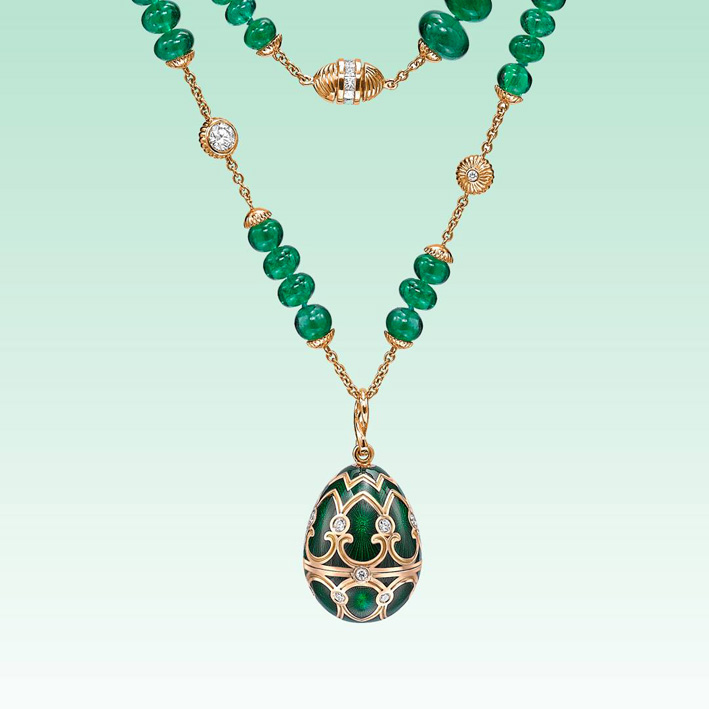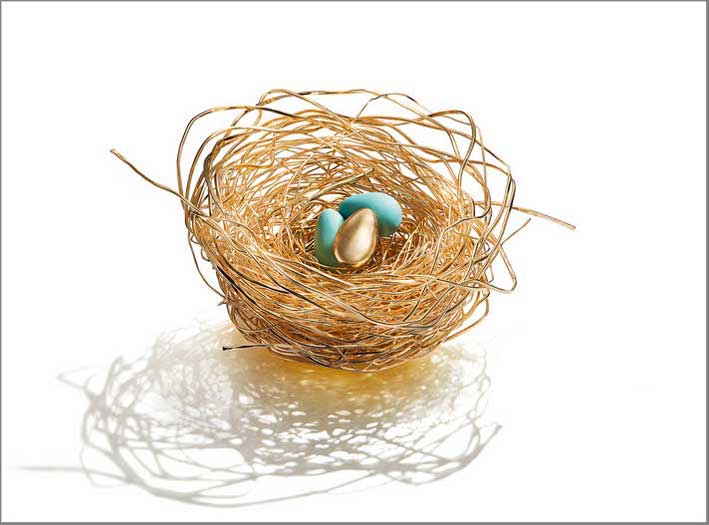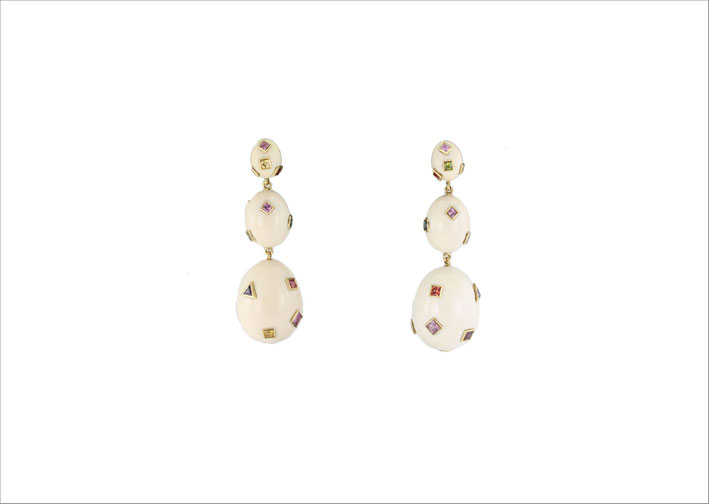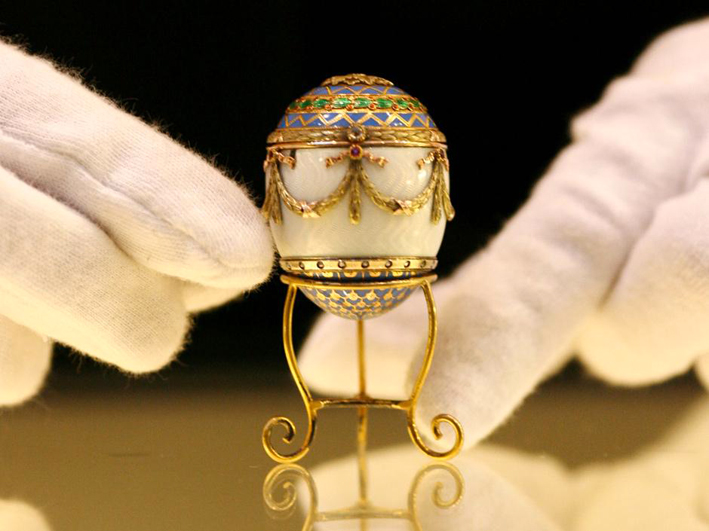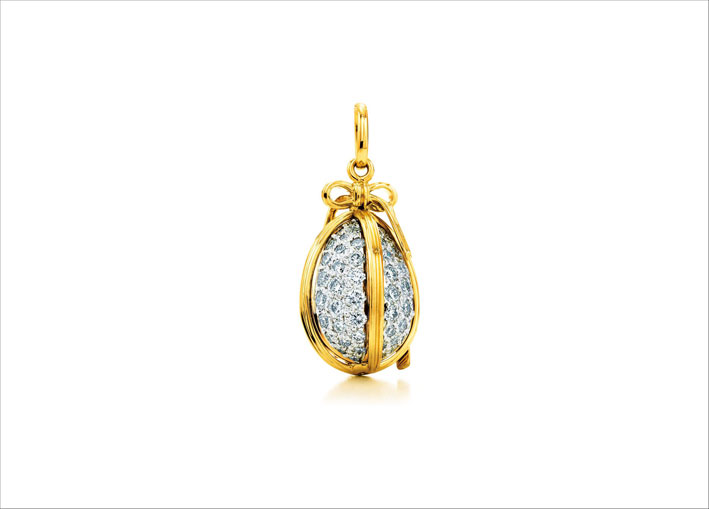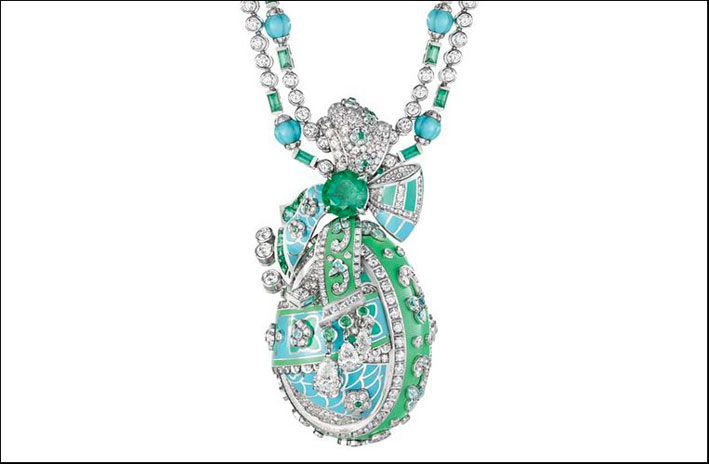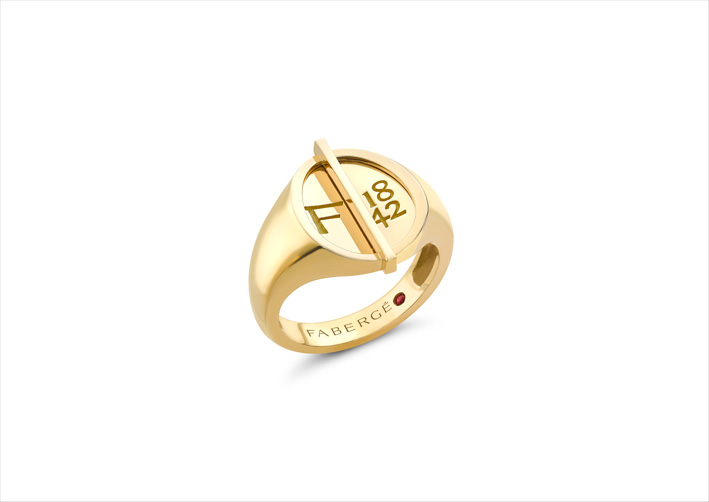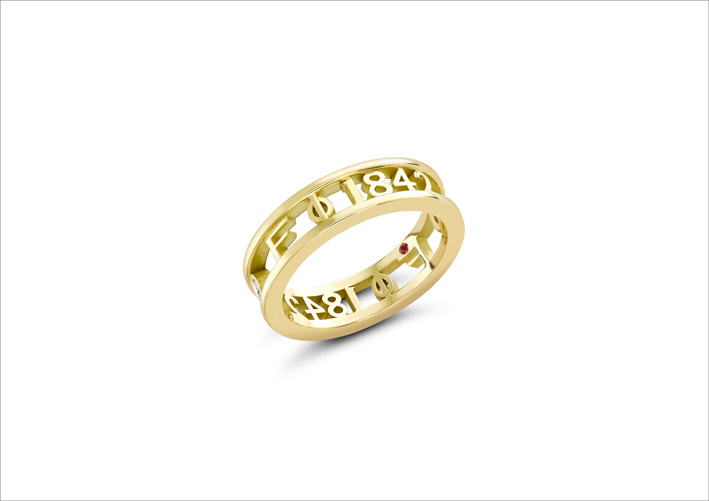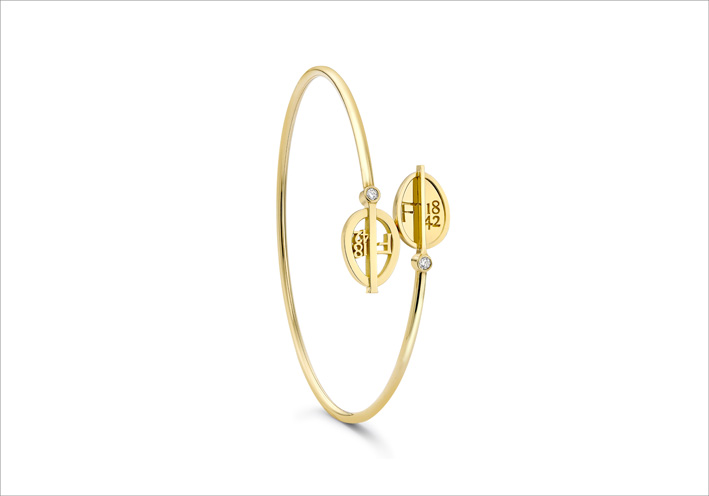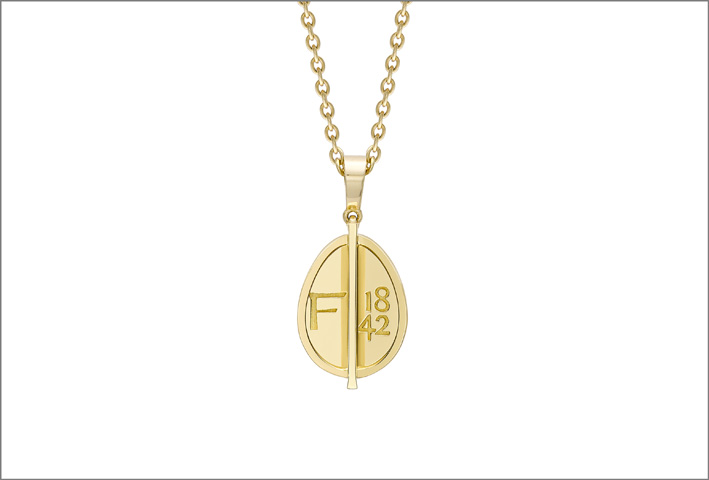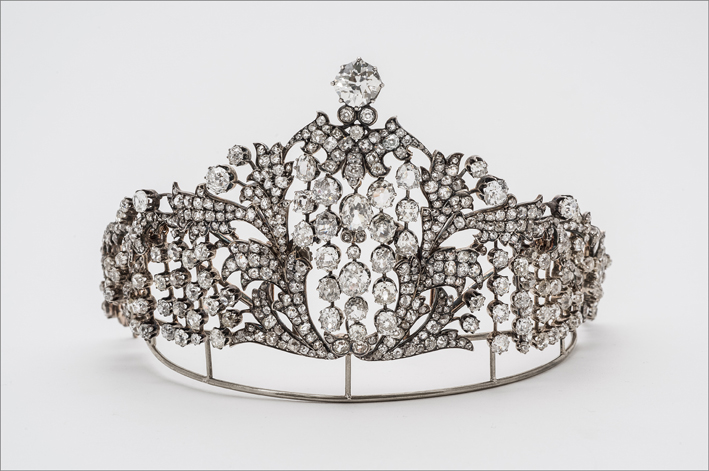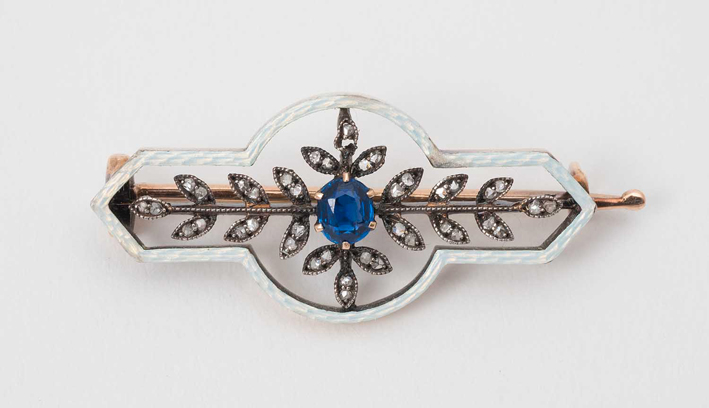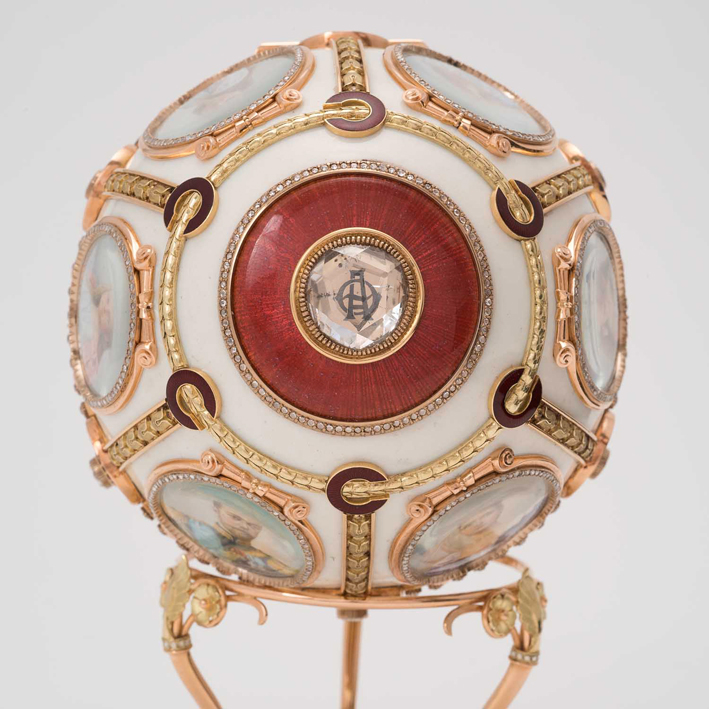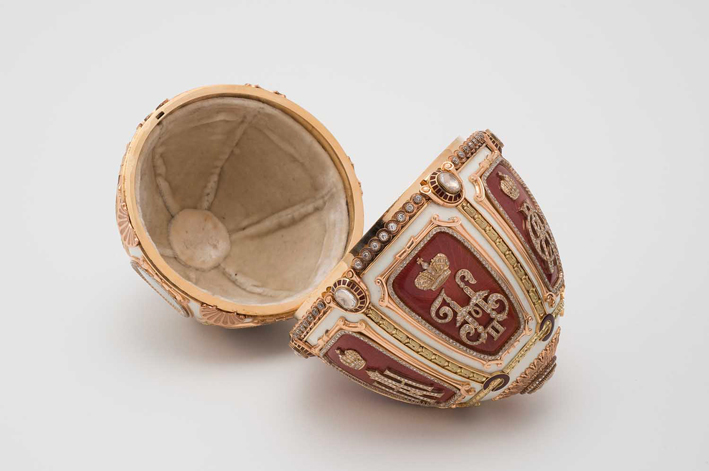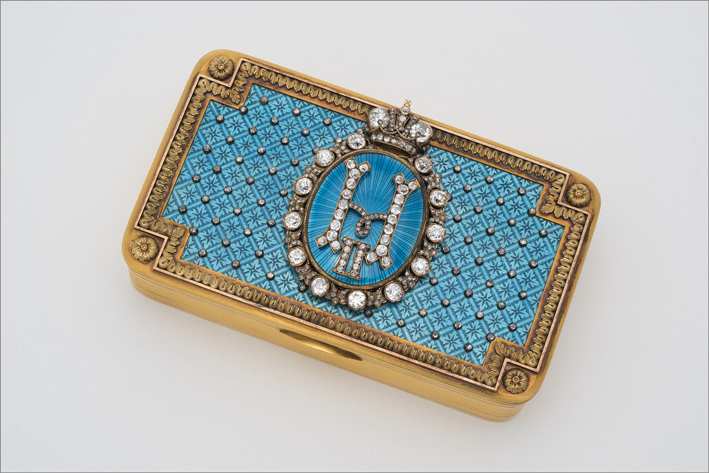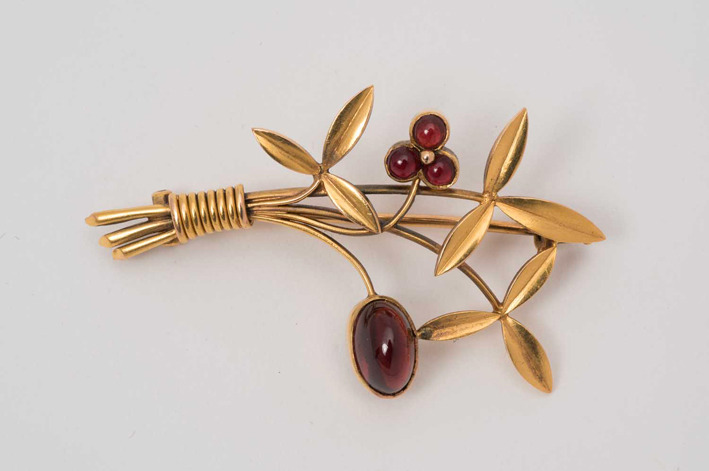Easter is a holiday that in the West is also synonymous with eggs. But eggs are not only an ingredient for typical dishes of this period. The oval shape has been used in the history of art as a symbol of rebirth, of motherhood, of a nature that is renewed. And it often occurs also in jewelery, in particular the precious eggs produced by Fabergé are famous. The great Russian jeweler, whose brand has been back to life for a few years (since 2012 he joined the Gemfield group), has produced 50 imperial eggs, created especially for the tsars.
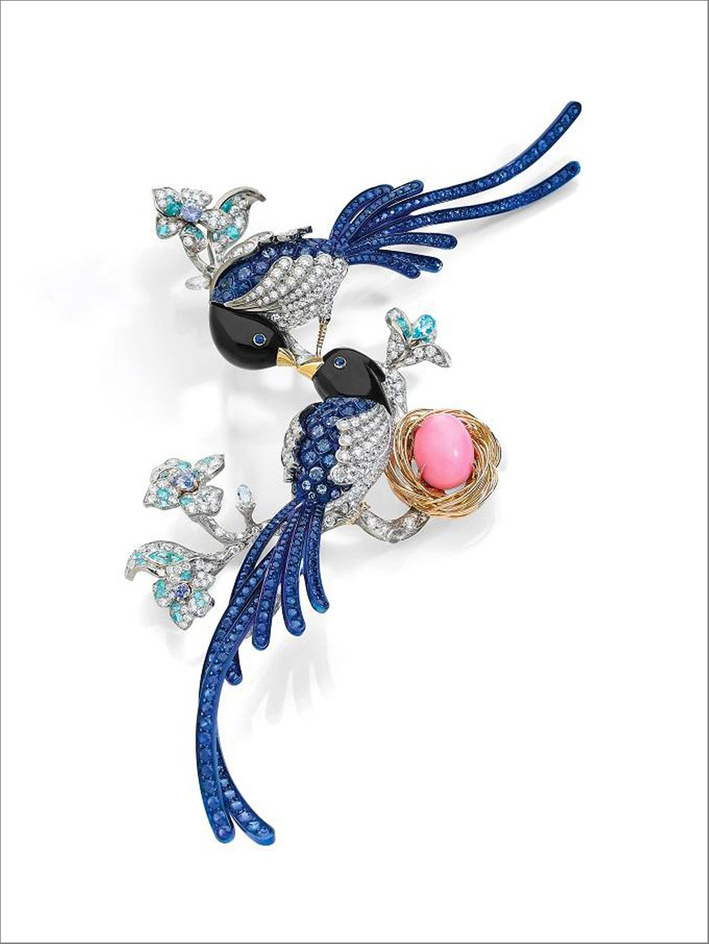
Today they are worth millions, they are often kept in museums and rare private collections around the world. The Fabergé Museum in St. Petersburg, opened in 2013, houses the famous first egg which was owned by Empress Feodorovna. Seven imperial eggs, however, are actually still missing. But if Fabergé eggs are famous, and continue to be produced as jewels under the new management, there are also others in jewelery. Some others eggs are very gorgeous, such as the gold brooch signed by Cartier, while other eggs are less refined jewels, but still suitable to be combined on Easter day.
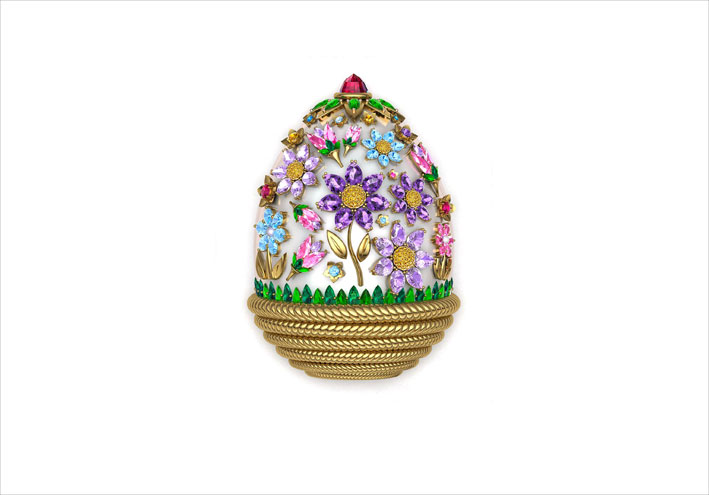
Of course, we don’t necessarily have to stop at a simple jewel. Why not celebrate Easter with an oval cut diamond? Diamonds with this shape, in reality, are not exactly similar to a natural egg, but they are symmetrical. The two longer areas, therefore, are perfectly identical. The same goes for other gems cut with the oval shape. Oval cut diamonds are considered to be some of the most elegant and, when set on a ring, tend to make the fingers appear longer and tapered – something to consider.
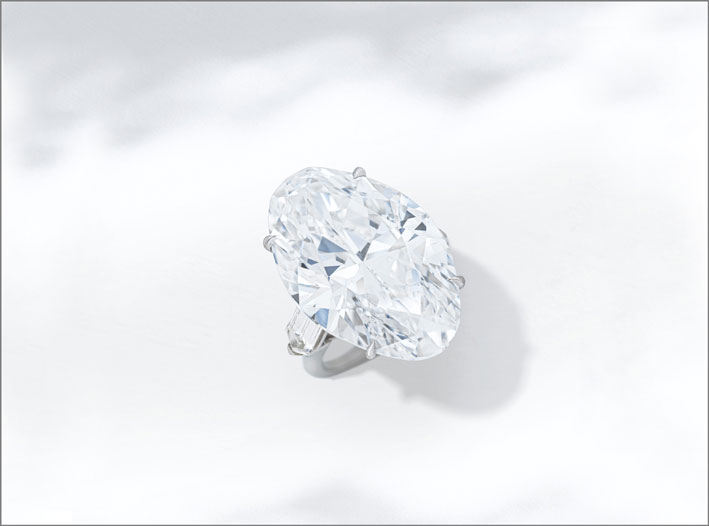
Decorating eggshells is an idea that has its roots in humanity. Ostrich eggs decorated and engraved 60,000 years ago have been found in Africa. In the pre-dynastic period of Egypt and the early cultures of Mesopotamia and Crete, eggs were associated with death and rebirth, especially if large in size. Ostrich eggs decorated with gold and silver were placed in the tombs of the ancient Sumerians and Egyptians 5,000 years ago. This tradition may have influenced early Christian and Islamic cultures in those areas, as well as through mercantile, religious and political ties from those areas around the Mediterranean, to being used by jewelry.
